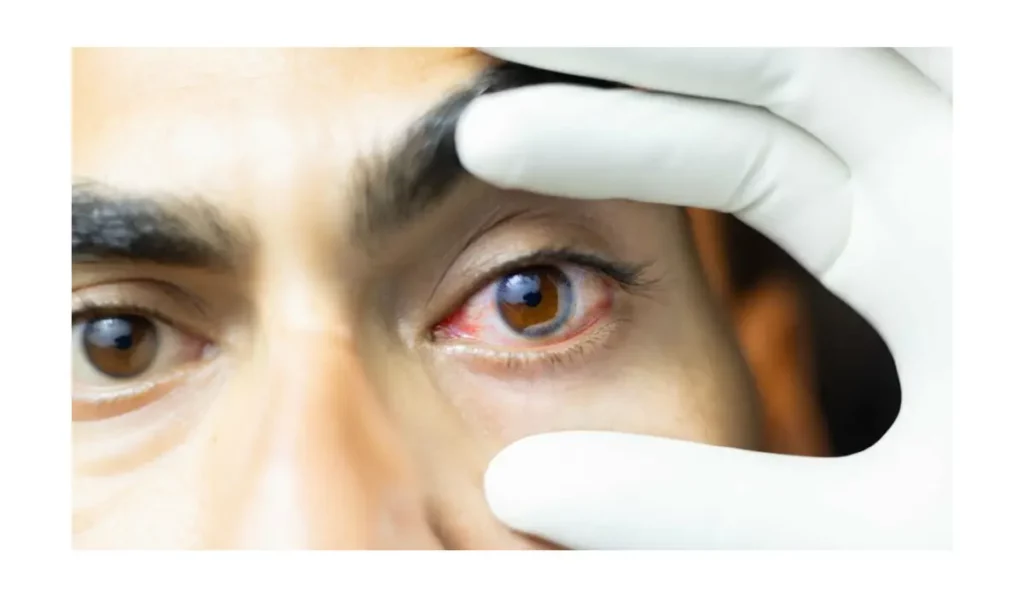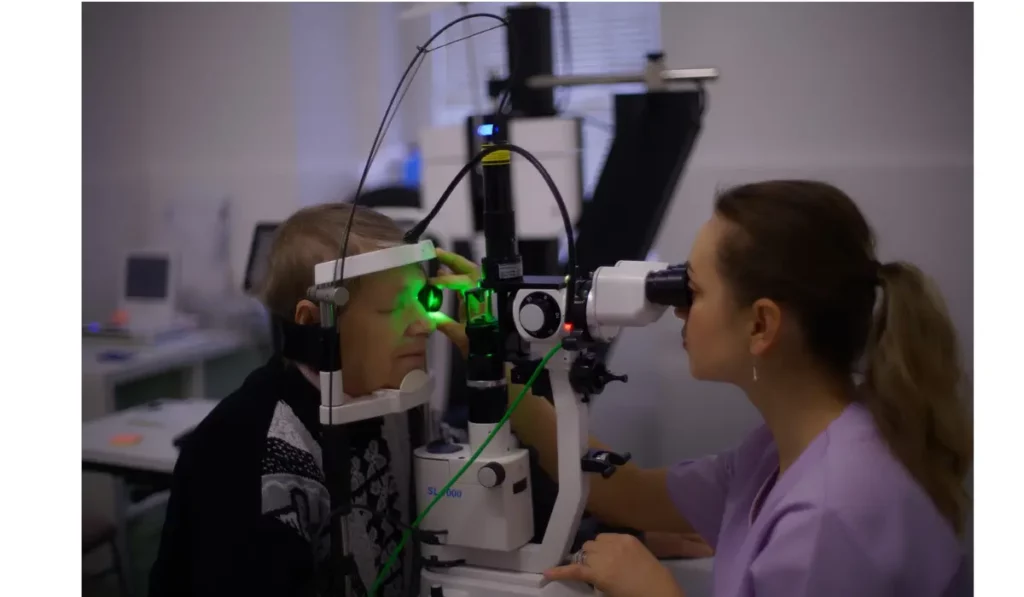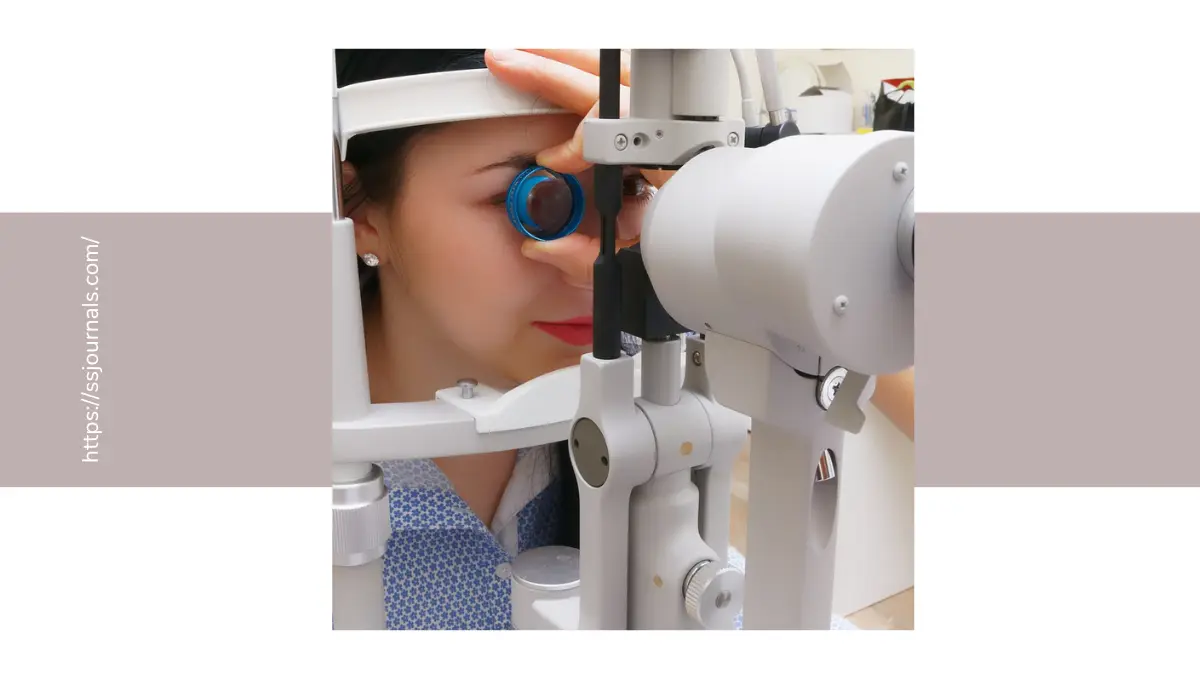Age-related macular Degeneration (AMD) is a challenging condition that’s affecting more and more people, especially those who have celebrated their 50th birthdays. It’s a leading cause of vision problems, and knowing the ropes of its stages is vital for spotting it early and addressing it effectively. This article aims to take you on a journey through the various stages of AMD, from those early hints to the more advanced forms, so you can recognize it and deal with it like a pro.
The Rising Tide of AMD
Age-related macular Degeneration (AMD) is a common eye condition that gradually erodes central vision by targeting the macula, a tiny but mighty part of the retina that’s responsible for clear, detailed vision. AMD is becoming a leading cause of vision loss for folks aged 50 and above, and its prevalence is growing as our world population ages. The National Eye Institute reports that in 2010, around 2.1 million Americans were grappling with AMD. Shockingly, by 2050, this number is expected to swell to 5.4 million.
Early AMD (Stage 1)

The first point of reference in our journey through AMD involves the early AMD phase. At this stage, little yellow heaps that are referred to as drusen will accumulate below your retina. Though drusen is a normal occurrence, once these start growing big and, at the same time, many are formed, it may indicate the commencement of AMD. Thankfully, your vision may not deteriorate excessively in this phase, and you might not even perceive any alterations. However, regular eye check-ups should be taken to ensure this condition is being monitored.
Drusen are like little, yellowish hitchhikers that decide to camp out between your retinal pigment epithelium (RPE) and Bruch’s membrane. These tiny deposits are a calling card of AMD and can be spotted during a thorough eye exam. While smaller drusen might not set off alarm bells, bigger and more numerous ones, especially in both eyes, could raise a red flag and signal potential vision trouble down the road.
Intermediate AMD (Stage 2)
Next on our journey is Intermediate AMD. In this stage, the drusen have grown in size and number, and you might start to notice some vision changes. Things could become a tad blurry, and reading or recognizing faces may not be as smooth as it used to be. Sometimes, you might even spot pigment changes in your retina. This is the stage when you should keep a close watch on your vision and seek the advice of an eye specialist if anything seems amiss.
Besides, significant alterations in the macular pigment occur as the disease advances. In this area, you may see a patch that is either darker or not at all pigmented, referred to as hyperpigmentation or hypopigmentation, respectively. Changes usually imply that the illness is manifest, and your vision specialist needs an eye report for more details.
Also, Read: Eyes Showing Signs Of Iron Deficiency?
Late AMD (Stage 3)
The third leg of our journey takes us to Late AMD, which is divided into two categories:
- Dry AMD (Geographic Atrophy): Dry AMD is the more common form of late AMD, accounting for about 85-90% of cases. At this stage, there is a significant loss of cells in the macula, which leads to the gradual deterioration of your central vision. Life may become challenging as your vision becomes severely impaired. Similarly, dry AMD can be regarded as an insidious attack on the macula. Macular degeneration gradually causes the breakdown of retinal pigment epithelial (RPE) and photoreceptor cells, resulting in macula atrophization. This condition is characterized by demarked parts of the macula degenerating that form a “geographic” pattern for atrophy, and it is referred to as geographic atrophy. Such a change may lead to serious damage to your central vision.
- Wet AMD (Neovascular AMD): Wet AMD may only account for the remaining 10-15% of cases, but it’s responsible for most of the severe vision loss linked to AMD. It strikes when abnormal blood vessels start growing beneath your retina and may leak blood and fluid, leading to rapid and severe vision loss You might experience vision distortion, like seeing straight lines as wavy or crooked. Wet AMD, also known as neovascular AMD, is like the stormier side of the disease. It involves the rapid growth of abnormal blood vessels under the macula. These vessels, called choroidal neovascularization, can leak blood and fluid, causing damage to the macula and leading to swift and severe vision loss. This can make your world look a bit bent and wavy, like a funhouse mirror.
Advanced AMD (Stage 4)
Finally, we reach the advanced stages of AMD, where vision loss can become pretty intense and even reach the point of legal blindness. People with advanced AMD may experience a central scotoma, which is like a pesky blind spot in the center of their vision. Everyday tasks such as reading and recognizing faces can become quite a challenge, and they may need a helping hand.
Advanced AMD, whether in its dry eye or wet form, presents a real hurdle for individuals. In both cases, your central vision takes a hit. In dry AMD, the gradual atrophy of the macula results in a loss of central vision, making tasks like reading, driving, and recognizing faces a bit of a struggle. In wet AMD, the sudden arrival of abnormal blood vessels can lead to rapid and severe vision loss, which is like a lightning strike to your vision.
Prevention and Management
Although there’s presently no cure for AMD, several measures can be taken to decelerate its progression and manage its impact.
Healthy Life Maintaining a healthy life that includes a balanced diet rich in antioxidants, not smoking, and exercising regularly can help reduce the threat of AMD.
A well-balanced diet rich in antioxidants like vitamins A, C, and E, along with zinc, lutein, zeaxanthin, and omega-3 adipose acids, can be salutary in reducing the threat of AMD. These nutrients help protect the macula from oxidative damage and maintain overall eye health. Also, smoking is a significant threat factor for AMD, so quitting smoking is strongly advised.
Regular Eye Exams: Keeping up with your eye check-ups, especially if you’re over 50, is vital for early detection and ongoing monitoring of AMD.

Early detection of AMD is the key to effective management. Regular eye exams, especially those thorough ones with dilated eyes, allow eye specialists to stay on top of any changes in your retina and macula. Catching AMD early gives you a head start on prevention and management.
Medications: If you find yourself dealing with wet AMD, several FDA-approved medications can help slow the growth of those pesky abnormal blood vessels and manage the condition.
Wet AMD has multiple available treatments, which include drugs that work on the VEGF. They may also help stop that kind of blood vessel from growing, which may reduce your chances of losing more eyesight, and on rare occasions, it may improve your vision. Some of these therapies require early diagnosis and quick treatment to act as game-changers.
Low-Vision Aids: For folks in the advanced stages of AMD, low-vision aids can be like your trusty sidekicks. Devices like magnifiers and screen-reading software can be a lifeline for daily tasks.
When you’re dealing with advanced AMD, low-vision aids can be a real game-changer. These include magnifiers, telescopic lenses, and software that reads the screen for you. They’re like the friends that help you with reading, writing, and using digital devices. Vision rehabilitation programs can provide the know-how you need to make the most of these devices and adapt to life with impaired vision.
Conclusion
Many old people travel through this disease known as age-related macular degeneration. Just like a map, understanding the various stages of AMD makes it easy to navigate through your journey. With regular eye examinations, a healthy lifestyle, and modern treatments for vision disorders, you may choose your route to a better world of clear vision. If you have any suspicions that your vision has gone bad, it’s worth turning to a good ophthalmologist. It’s as if having an aide who is willing to help you remain independent in life when dealing with AMD is taking you through the maze!
As our world population continues to grow older, the importance of early detection and effective management of AMD becomes more critical. By staying informed about the stages of AMD and taking steps to protect your vision, you can empower yourself to enjoy a rich and fulfilling life as you age gracefully.

